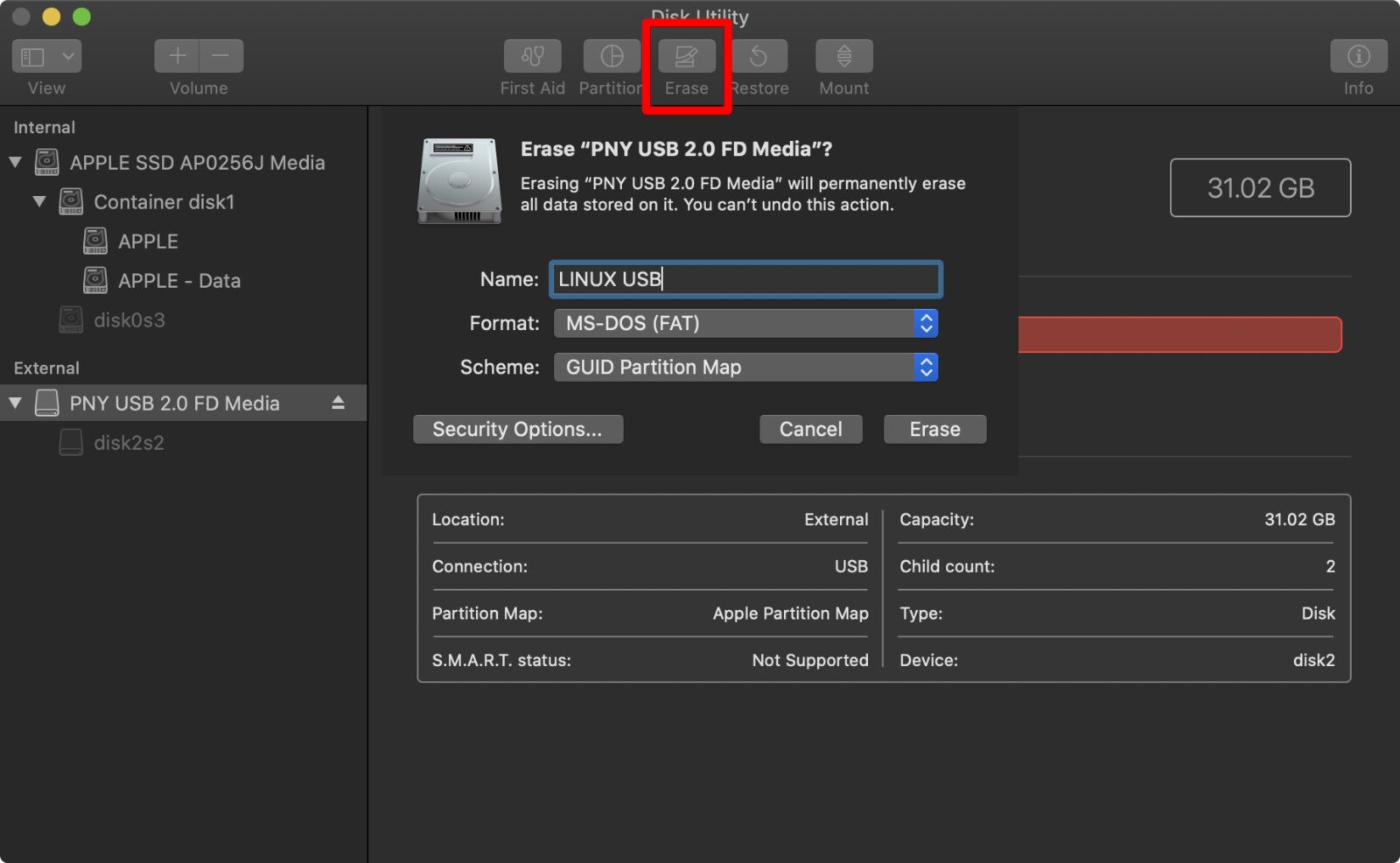
The installation process should otherwise be normal.
#Install & set up linux on a mac mac os x#
Be sure to select the “Install Ubuntu alongside Mac OS X” option instead of overwriting your Mac OS X system with Ubuntu. On Ubuntu, launch the Install Ubuntu application from the desktop and install Ubuntu as you normally would. Launch your Linux distribution’s installer and go through the installation process. Select the USB or disc drive containing the Linux system and boot it on your Mac. Restart your computer and rEFInd will appear. Burn the ISO to disc or follow Ubuntu’s official instructions to create a bootable USB drive from the ISO file.

For example, if you’re using Ubuntu, you’ll need to download an Ubuntu ISO file - download the “64-bit Mac” version. You’ll need Linux installation media to continue. Drag and drop the handle on the partition volume or enter a final size for the partition and click Partition to partition it.ĭon’t create a new partition after shrinking your current partition - just leave the space empty for now. Ubuntu’s system requirements say it requires at least 5 GB of space, but something like 20 GB is much more reasonable. How much space you want for Linux is up to you. Shrink the current Mac OS X partition to make space for your Linux system. RELATED: Beginner Geek: Hard Disk Partitions Explained

Select your Mac’s hard drive in the list on the left and select Partition on the right. From within Mac OS X, press Command + Space, type Disk Utility, and press Enter to open the Disk Utility. You’ll now need to resize your Mac OS X system partition to make room for your Linux distribution of choice. You should see the rEFInd boot manager screen. Shut down your Mac - a full shut down, not a restart - and boot it back up again.


 0 kommentar(er)
0 kommentar(er)
